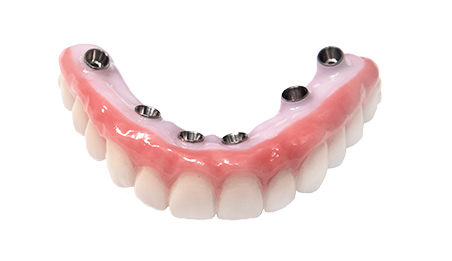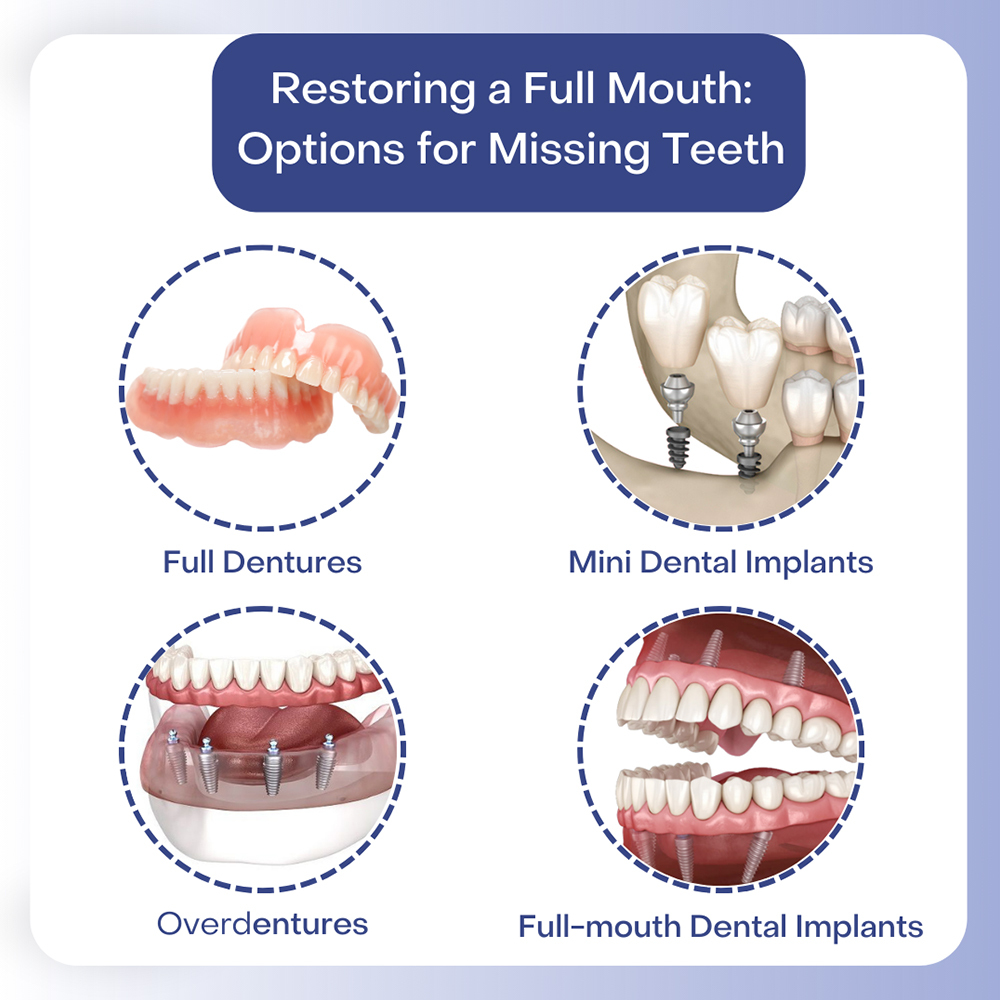The Dental Sense PDFs
Table of ContentsDental Sense for DummiesThe Best Guide To Dental SenseUnknown Facts About Dental SenseSome Known Incorrect Statements About Dental Sense
are clinical tools surgically implanted into the jaw to restore an individual's capability to eat or their appearance. They give support for artificial (phony) teeth, such as crowns, bridges, or dentures. When a tooth is lost as a result of injury or disease, a person can experience problems such as fast bone loss, malfunctioning speech, or adjustments to chewing patterns that cause discomfort.Oral dental implant systems contain a dental implant body and oral implant joint and might also include a joint fixation screw. Dental implants. The oral implant body is operatively put in the jawbone in location of the tooth's root. The oral implant joint is normally connected to the dental implant body by the joint addiction screw and extends through gum tissues into the mouth to sustain the attached synthetic teeth
(https://myspace.com/dentalsense1)Framework of The Dental Implant System picking oral implants, speak with your dental company regarding the possible benefits and threats, and whether you are a prospect for the treatment. Points to take into consideration: Your total health and wellness is an essential consider determining whether you are a good candidate for dental implants, for how long it will take to heal, and the length of time the implant might stay in location.
Smoking cigarettes might impact the healing process and decrease the long-term success of the implant. The healing process for the implant body might take several months or longer, during which time you normally have a temporary joint in location of the tooth. the oral implant procedure: Meticulously comply with the dental health guidelines provided to you by your dental supplier.
Dental Sense Fundamentals Explained
Implant failure can result in the need for one more surgical procedure to repair or replace the dental implant system. Recovers the ability to chew Brings back aesthetic appearance Helps keep the jawbone from reducing as a result of bone loss Maintains the wellness of the surrounding bone and gum tissues Aids maintain adjacent (neighboring) teeth secure Boosts lifestyle Damages to bordering all-natural teeth during implant placement Injury to the surrounding cells during surgical procedure, such as sinus opening Injury during surgical treatment (as an example, fracture of surrounding jawbone) Insufficient function, such as seeming like the teeth do not bite with each other typically A sensation that the tooth hangs or twisting in location resulting from a joint screw loosening up Implant body failing (looseness of the dental implant body) as a result of systemic infection, which might be most likely in clients with unrestrained diabetes as a Kids dental result of local infection in bone and gum tissues supporting the dental implant body because of postponed healing, which may be most likely in patients that smoke Problem cleaning the periodontals around the implant, leading to bad dental hygiene Without treatment gum disease Post-surgical pins and needles due to nerve impingement or damage Always inform healthcare service providers and imaging professionals that you have dental implants prior to any kind of magnetic resonance imaging (MRI) or x-ray treatments.
FDA is not conscious of any negative events reported for MRI or x-ray procedures with dental implants. Dental implants systems are generally made of materials that follow worldwide consensus criteria of the International Company for Standardization (ISO) or ASTM International. These requirements have information of what makes a secure material.

A dental implant is a framework that changes a missing out on tooth. With screw-like tools, the specialist inserts a dental implant into the jawbone, and it acts as an anchor for a man-made tooth, called a crown.
Some Known Details About Dental Sense
Some people are not eligible for oral implant surgical treatment. It is for dental doctors to operate individuals with: intense illnessuncontrollable metabolic diseasebone or soft tissue condition or infectionIf these concerns are fixed, a person can have the surgery. In, dental surgeons avoid from operating on individuals with: If individuals with any of the above go through dental implant surgical procedure, there is a higher danger of the implant stopping working.

Dental dental implant surgery is a customized procedure. Provide you time to heal. Attach the article and final crown, bridge or denture.
Next off, your specialist will thoroughly position the oral implant right into your jaw. Ultimately, your cosmetic surgeon will certainly rearrange your gums and shut the cut with stitches. If your dental implant is near the front of your mouth, your dental professional will certainly make a temporary tooth for you to use up until you heal. This way, you won't have a void in your smile while you recoup.
Dental Sense for Dummies
Throughout the healing stage, your jawbone must fuse to the dental implant. This procedure can take anywhere from 3 to 9 months.
When your implant heals, your dental practitioner can connect the abutment (little adapter blog post) and your final restoration (crown, bridge or denture). This usually takes about one hour to finish and may call for a second minor surgical procedure. You shouldn't really feel any pain throughout your dental implant treatment because your service provider will certainly use medication to numb your gums.